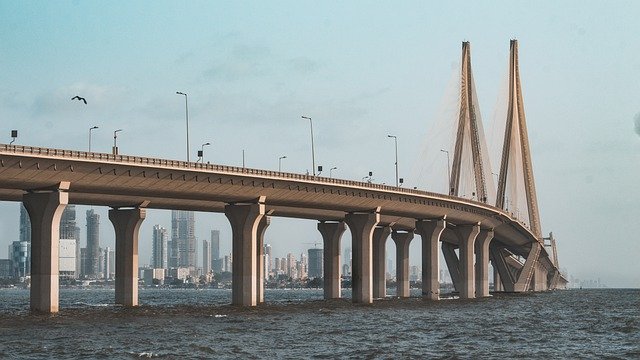
The entire nation including Mumbai was under lockdown since the third week of March. Due to this, there is a noteworthy improvement in the Air Quality Index (AQI) of the city. According to System of Air Quality and Weather Forecasting And Research (SAFAR) on June 4, Mumbai was breathing the cleanest air of 2020 with an AQI of 17.
“The wind speed was 72 km/h on Wednesday in Mumbai which dispersed pollutants and combined with intermittent showers, it cleared the air.”
With the cool breeze of air, the particulate matter that causes air pollution flew away! And people of Mumbai were enjoying fresh and pure air. Due to cyclone Nisarga, the concentration levels of PM 2.5 also saw a reduction. The score of PM was 15 micrograms per cubic meter. As per WHO, a safer limit of PM 2.5 is 25 μg/m3 for 24 hours, while our national safety standard states 60 μg/m3 as the safe limit.
However, the best air quality after SAFAR initiated Air Quality Monitoring is 12 that was recorded in Mumbai on 4th September 2019. Unbelievable, right?
Let’s Hope, the Air Quality of Mumbai remains at this level even post lockdown phase.



